So now what?
This is the question I ask myself, or perhaps should have asked myself when I rashly bought this wonderful example of an English plate camera. It’s a Thornton Pickard Rubyette No. 2 which was made in Altrincham, Cheshire, sometime in the 1930’s. It’s a reflex camera and was designed initially for plate photography. I have no intention of getting involved with plate photography despite being full of admiration for such things, and am quite content to stay with medium format and 35mm.
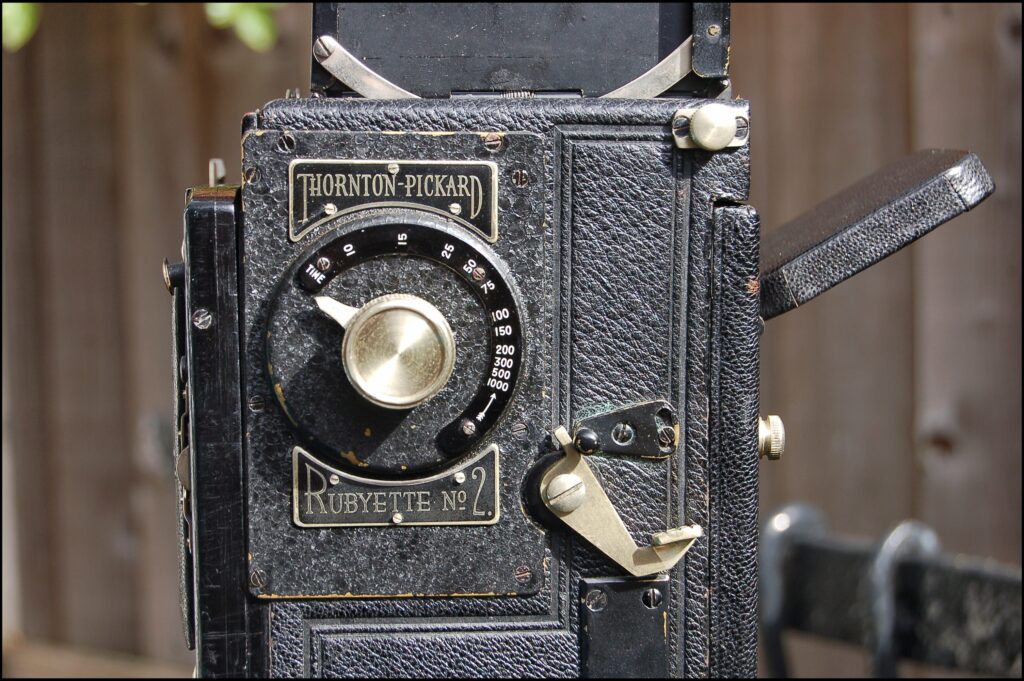
So why on earth did I buy this? Was it because it’s beautiful in an angular, lumpy, awkward kind of way? Or maybe because it came complete with a 120 or possibly 620 roll film back, and I thought it would be a wonderful way to experience what it’s like to shoot a large format camera whilst using 120 film. Maybe it’s because Altrincham is just down the road from where I live, and I envisaged photographing around the Broadheath area of that town where it was made. Then again, maybe it’s because I’m a romantic fool? Most probably it’s simply the case that I’m an idiot. In the words of the fictional policeman cum philosopher, Dirty Harry Callaghan: “A man’s gotta know his limitations.”
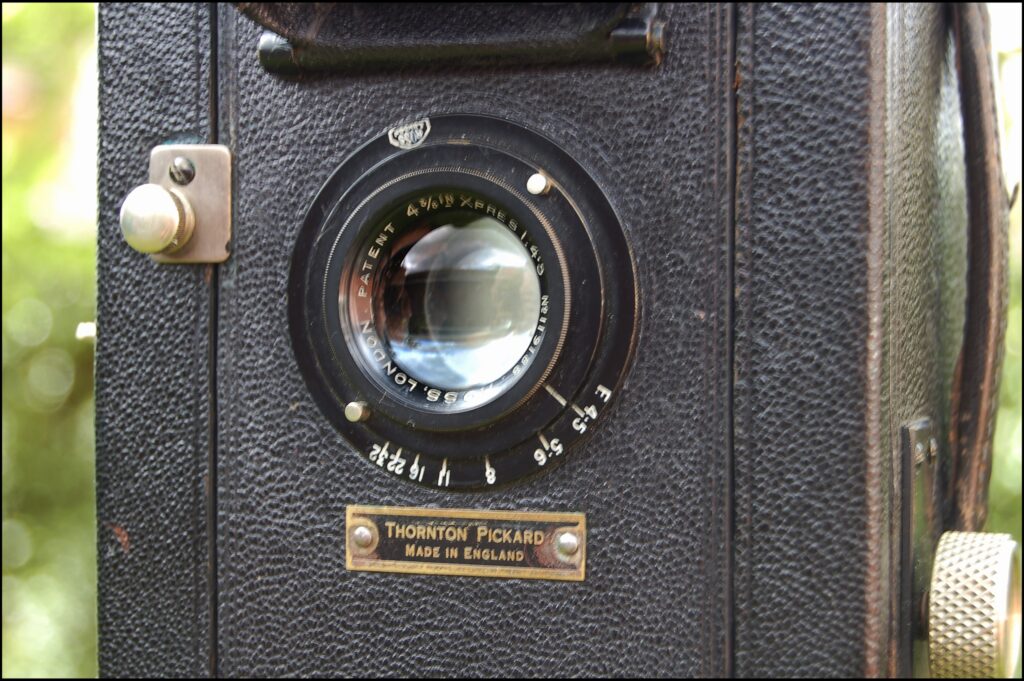
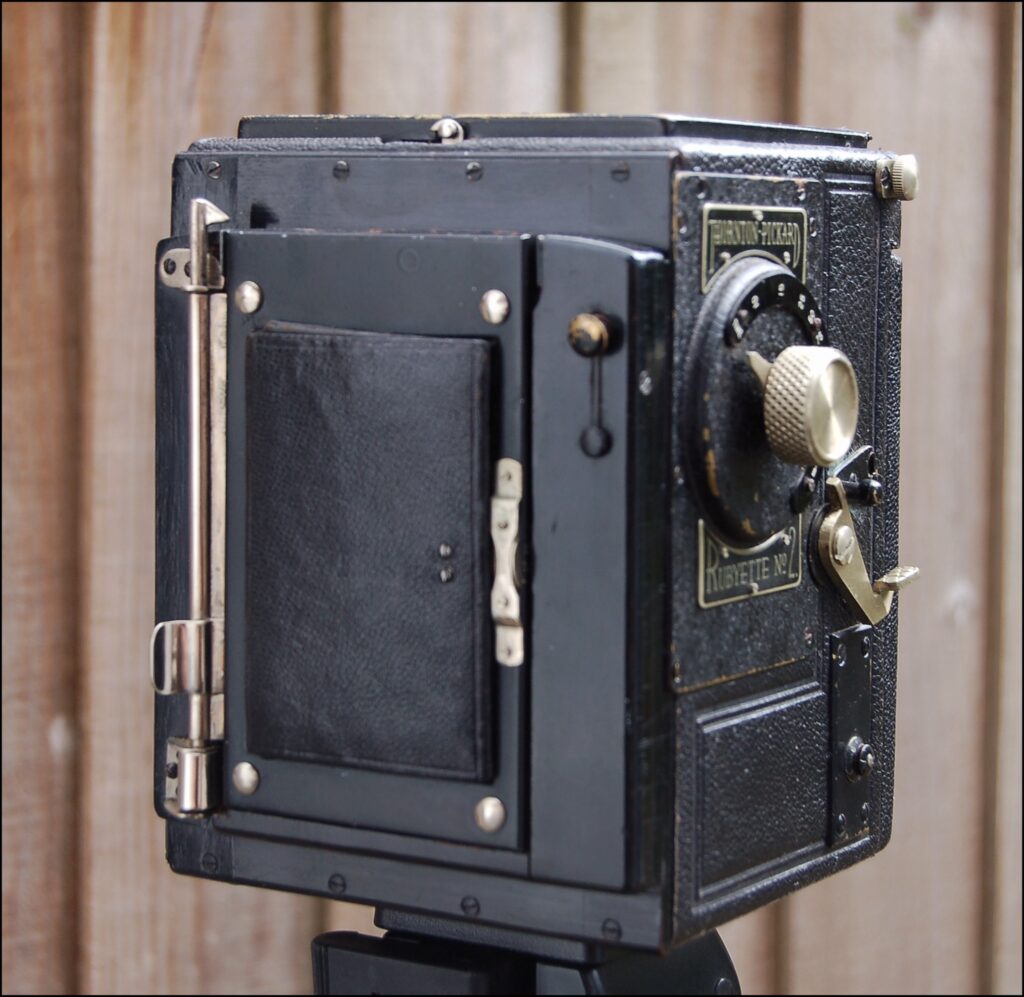
So this is where I stand now. (I think) I’ve worked out how to load the film, how to focus, and how to set the aperture, but the shutter is totally perplexing me. It’s what I believe is a falling shutter camera, but I’ve almost certainly got that wrong, and I confess to being baffled. Each time I cock the shutter lever, (which is reminds me of clockwork) the shutter speed indicator goes to whatever speed it thinks fit so to do, and not the speed I’d set it to. When I then release the shutter, there seems to be just one slow speed. I’ve tried Google and YouTube without success, and nobody I know has the faintest idea how it works.
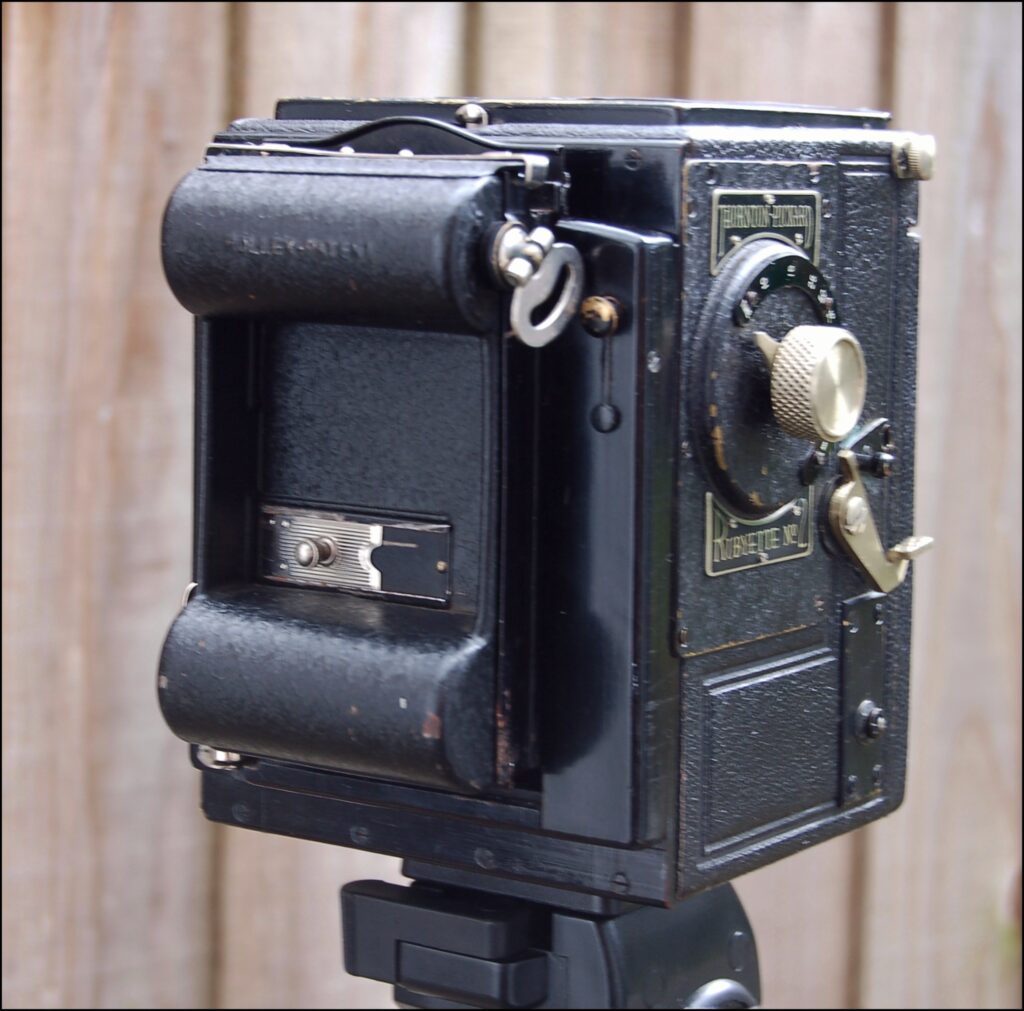
So here I am, hanging my head in my shame before the world, and admitting that I’m out of my depth with this camera. Despondency has descended like a cloud blanketing my normally optimistic disposition. It would seem that this camera will have to be relegated to a display piece, or sold on which would be an admission of defeat. Not a position I care to be in.
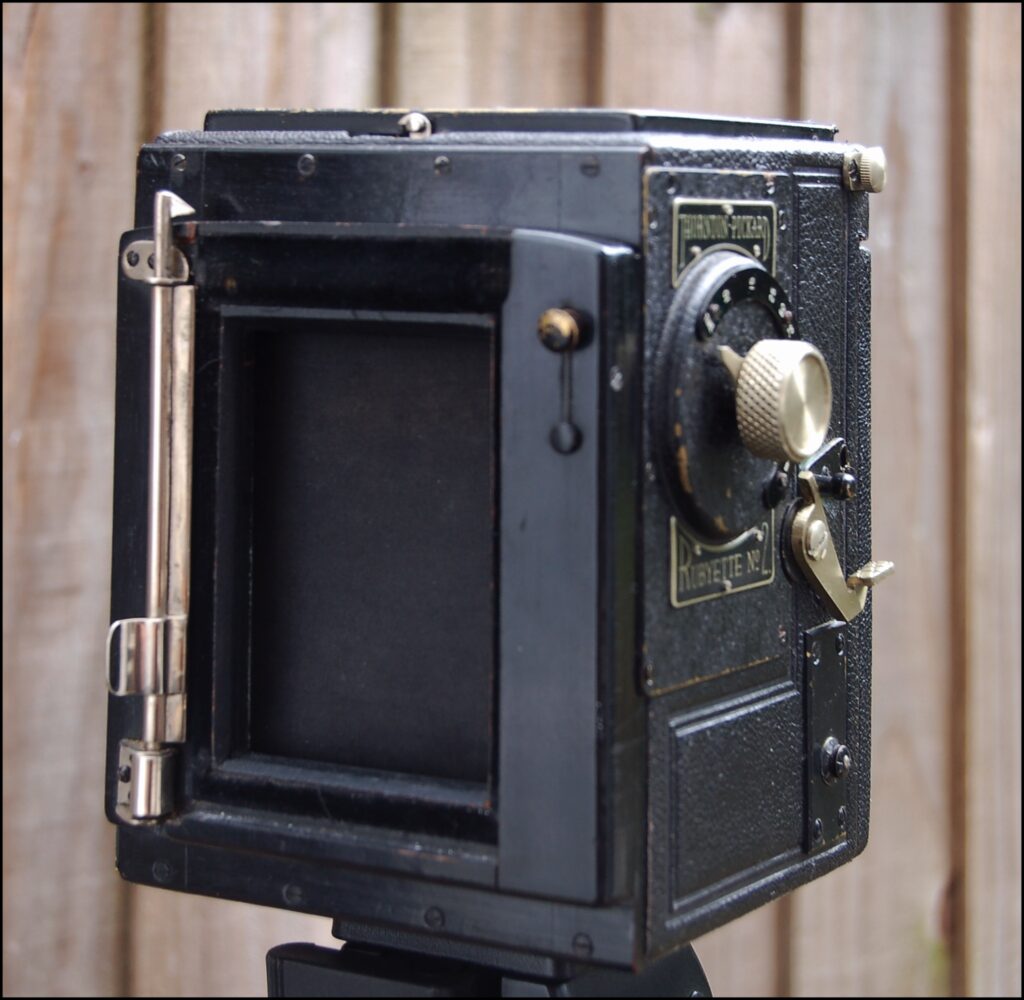
But, I would so dearly love to learn how to use it. I’m not proud, so I am awaiting the combined knowledge of the 35mmc community to come to my aid and free me from my ignorance. Alternatively, you can simply mock me in the comments section.
Share this post:
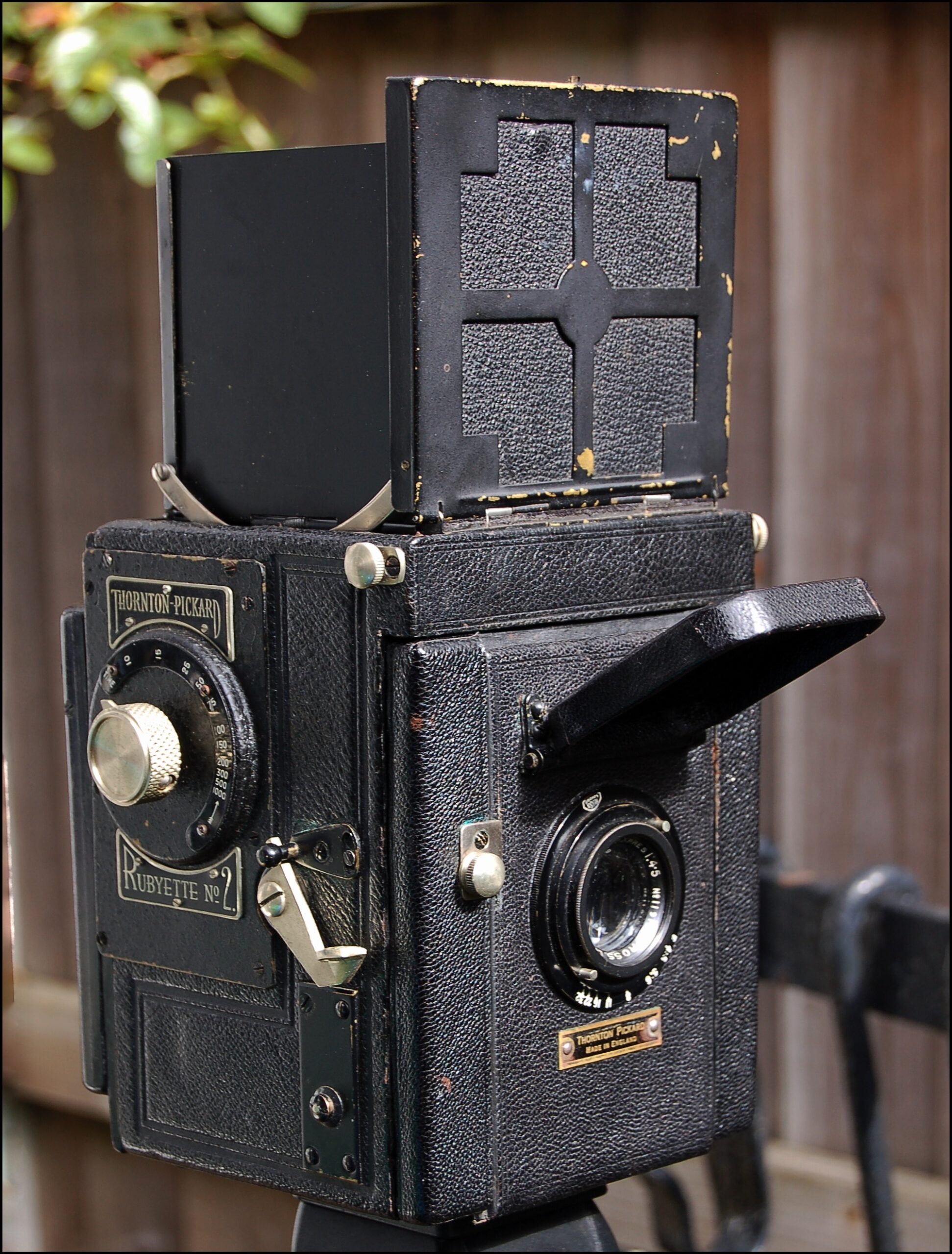
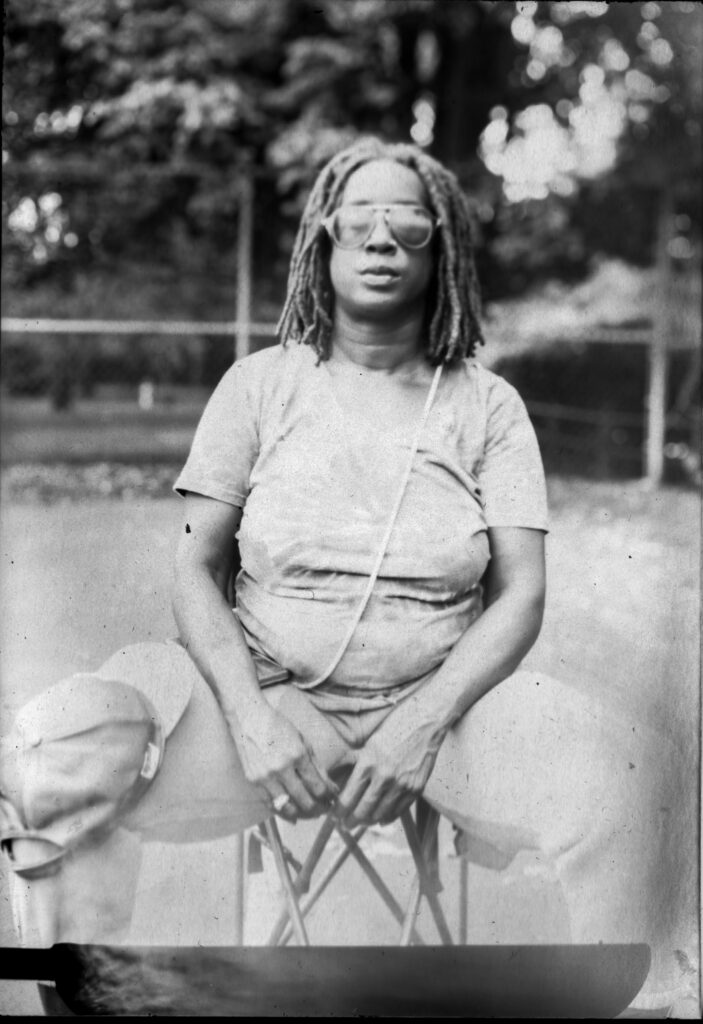
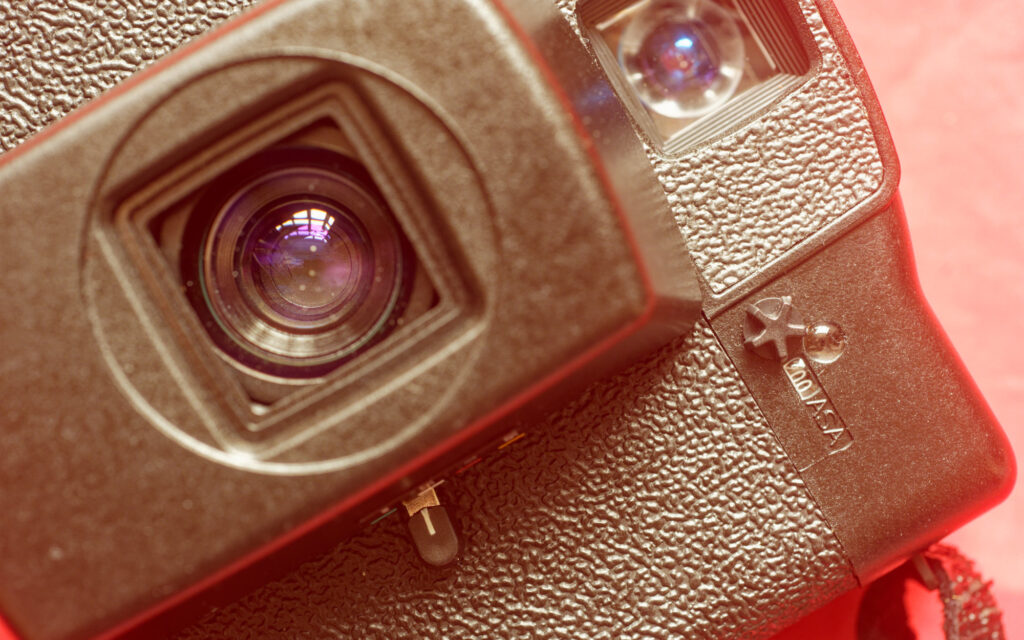
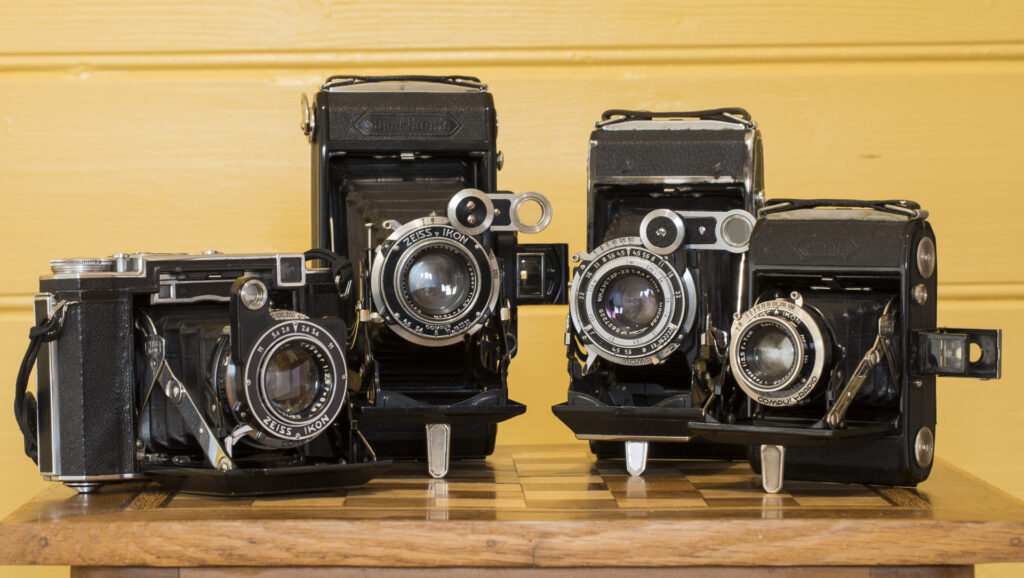
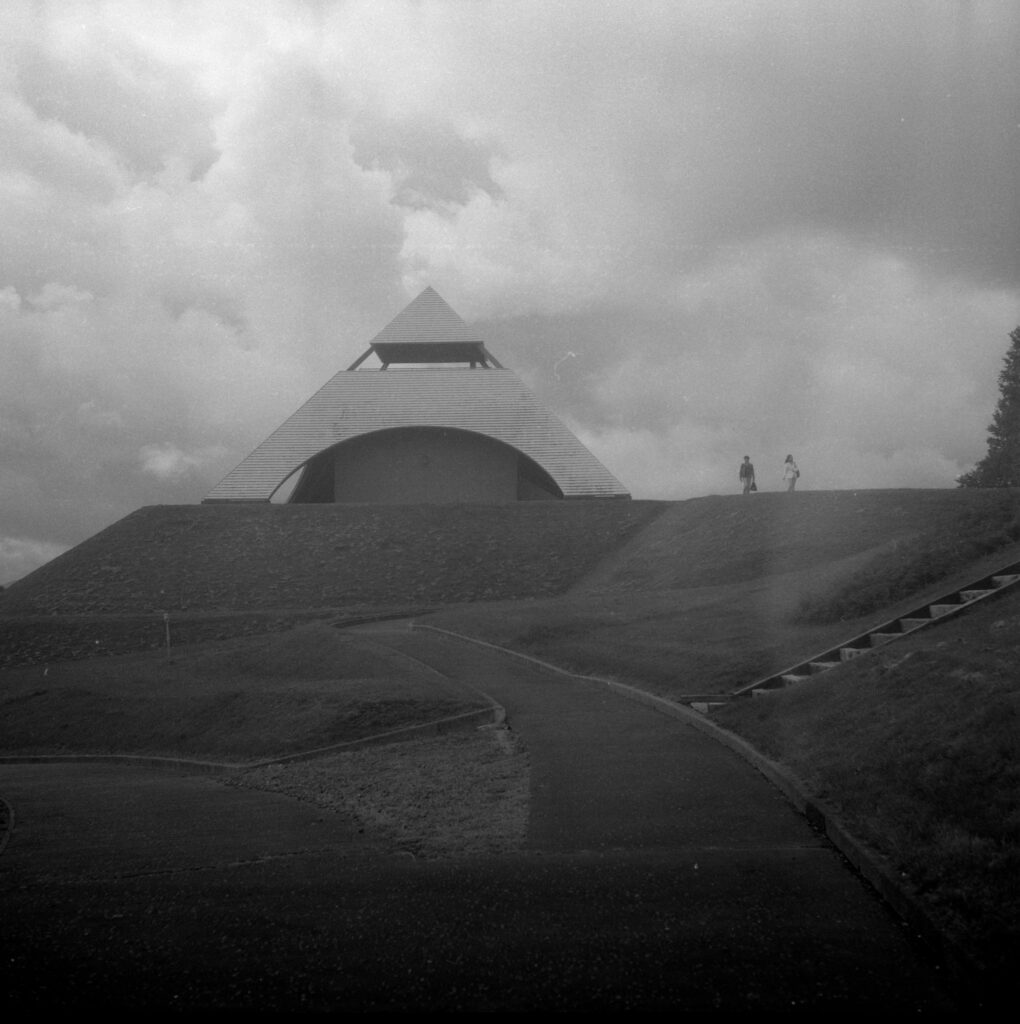




Comments
CHRISTOF RAMPITSCH on Thornton Pickard Rubyette No. 2 – So now what?
Comment posted: 22/08/2024
Comment posted: 22/08/2024
murray leshner on Thornton Pickard Rubyette No. 2 – So now what?
Comment posted: 22/08/2024
If you can confirm your camera's shutter tension is dissipated (if like SG, you just fire the shutter repeatedly until it has no more tension). Then watch the curtain as you wind the shutter tension a little. If it's a roller curtain, it may have multiple open slit widths. The slowest speed on such a shutter is the widest opening. IF this is that type, as the curtain tension is increased by winding, a slit will roll by, and as tension is further increased, another shorter slit in the curtain will roll by, and so on.
If I'm wrong, I don't want you to overly tension your shutter, as it's old and not easily fixed.
Because the SG was like an SLR, the shutter has to be completely open for composing. That is probably not the case for this camera, but for the sake of description, on the SG, at the composing setting for the curtain shutter, the slit is the full width of the back of the camera.
Maybe there is a YouTube video, or similar, of someone walking a specimen of the same camera thru the shutter operation.
Comment posted: 22/08/2024
Miguel Mendez on Thornton Pickard Rubyette No. 2 – So now what?
Comment posted: 22/08/2024
Comment posted: 22/08/2024
Geoff Chaplin on Thornton Pickard Rubyette No. 2 – So now what?
Comment posted: 22/08/2024
Comment posted: 22/08/2024
Tony Warren on Thornton Pickard Rubyette No. 2 – So now what?
Comment posted: 22/08/2024
Graham Coad on Thornton Pickard Rubyette No. 2 – So now what?
Comment posted: 23/08/2024
Comment posted: 23/08/2024
Gary Smith on Thornton Pickard Rubyette No. 2 – So now what?
Comment posted: 23/08/2024
Jason Ellis on Thornton Pickard Rubyette No. 2 – So now what?
Comment posted: 01/11/2025
Comment posted: 01/11/2025